Turntables "Aria": features, lineup
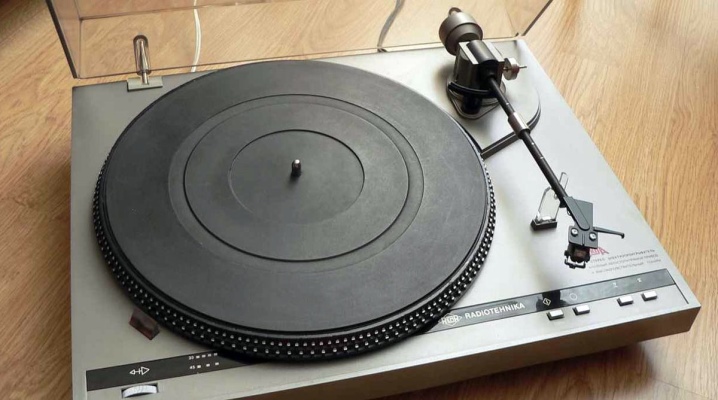
True connoisseurs of high-quality vinyl records know that to get pure sound you need the right audio equipment. You can play analog audio using an electric player. Often, for this purpose, old generation players are used, released back in the days of the USSR. Most of the models had a reliable design and competed in sound quality with Western counterparts.
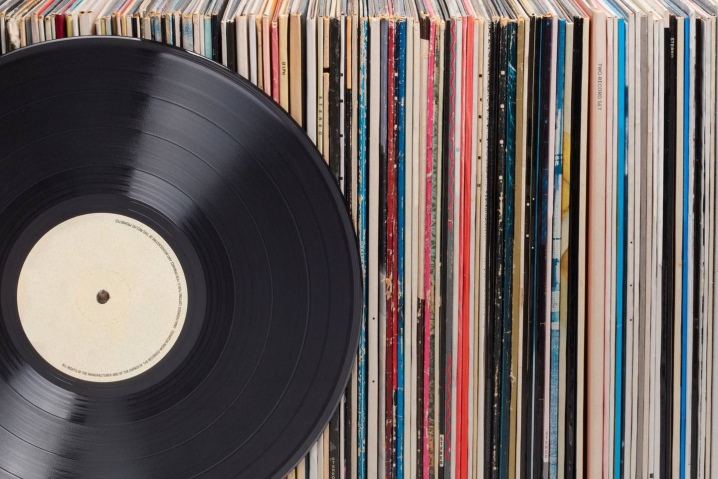
Peculiarities
One of the reliable models with high sound quality is the "Aria" turntable. The device looks attractive even by today's standards. - The black body has a contrasting silver finish.
The technical feature of the player is the rotating disc for records - it looks quite impressive. Before listening to the recordings, the surface of the disc needs adjustments using the provided adjustment system.
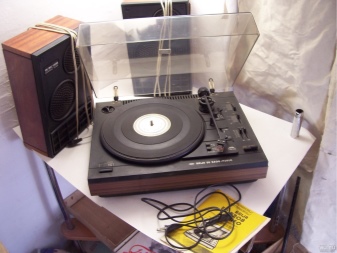
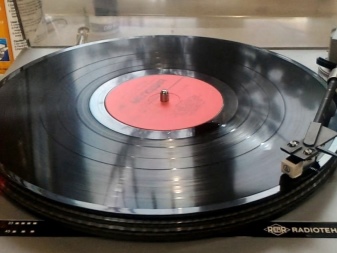
Electric players of the "Aria" brand in their design have a stroboscope, which is used for tuning, and such devices can also perform the function of an optical hitchhiking. The drive at the disc of these models is direct electromechanical. In addition, there is a microlift powered by electronic sensors.
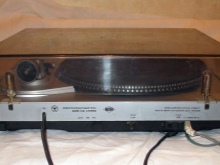
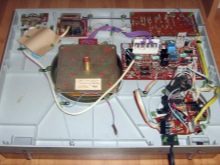

Models
Radio engineering brand "Aria" first began to be produced in the USSR from the beginning of 1986. This device was designed to reproduce sound with a vinyl plate. By modernizing the basic layout and appearance of the turntable, engineers have created new and more modern models based on it. Their characteristics were as follows.
- "Aria-102" - that was the name of a stereo-electric player, released in 1986 at the production association "Radiotekhnika" in Riga. The device belonged to the 1st group of complexity and was designed to reproduce mono and stereo recordings from vinyl records of any format. In this model, the designers used for the first time a direct electric drive connected to a disk. The sounding process was carried out using a sound-pickup head of the GMZ-155 brand. When the head reached the end of the sound grooves, the electronic hitchhiking was triggered, with its help there was a subsequent rise of the head microlift and automatic shutdown of the device.
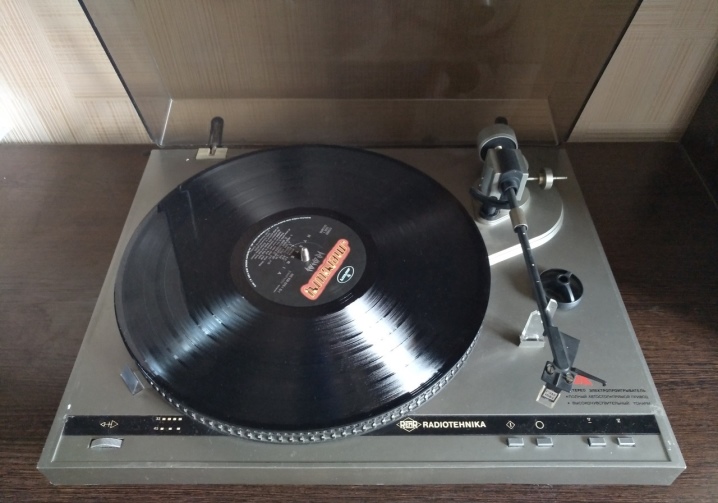
The electric turntable is equipped with a cover that protects the device and the vinyl disc from dust, and playback of the record was possible with the cover closed. The disc is rotated at 33 or 45 rpm, while the sound is reproduced in the range from 20 to 20,000 Hz. The device had dimensions of 13.5x33.5x43 cm, and its weight was 7.5 kg.

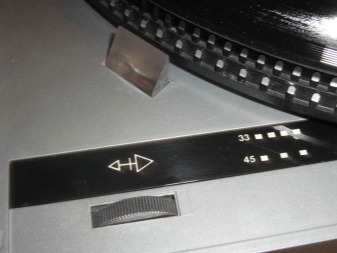
- "Aria-5303" - under this name a transistor electrophone was produced that reproduces stereo sound. Its production has been carried out in Riga at the Electromechanical Plant since 1990. The device was assigned to the 3rd group of complexity and was intended for reproducing mono and stereo recordings from vinyl records of any format. The rotational speed of the disc for this player could be 33 and 45 revolutions per minute. Sound reproduction was carried out on portable acoustic systems, brand "S-30A", and, according to the design, they were involved in this device 2 pieces.
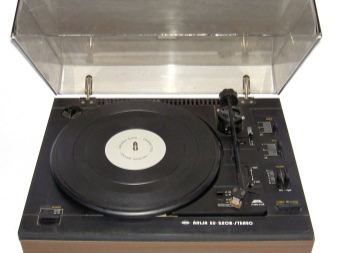
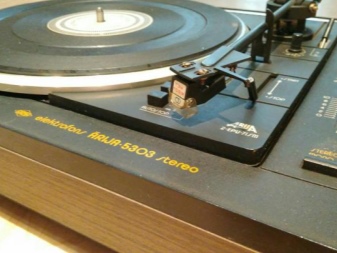
An electric record player could reproduce sound in a frequency of 80 to 16,000 Hz. The dimensions of the player were 16.5x33.7x43 cm, and it weighed about 20 kg.
How to setup?
Before starting to listen to the recordings, it was necessary to perform preliminary preparation of the electric player. Despite the simplicity of the device, ensuring high-quality sound is achieved by performing a certain scheme for its adjustment.
Instructions for setting up an electric player.
- Adjusting the level of the device... The disc on which the records are placed must be placed strictly horizontally in the apparatus. Accuracy of adjustment is carried out using a conventional building level. If necessary, twist the height of the legs of the device.
- Pickup setting. Before using a pickup, you need to adjust its stylus. An important role is played by the angle of its inclination, the area of contact with the plate and the depth of passage inside the sound groove. To adjust the stylus stickout length on the cartridge, loosen the 2 screws holding the stylus. If you loosen them and move the movable carriage, you can set any size of needle stickout. Ideally, the overhang is 50 mm.
- Head Azimuth Setting... To do this, put a mirror on the record disk and lower the cartridge. The mirror will help you identify and align the head in a perpendicular position. When adjusting the cartridge, pay attention to the arm leg, where the screws holding the cartridge are located. If you loosen them, then the angle between the mirror and the needle can be set at 90 degrees.
- Adjusting the tonearm... It performs the function of holding the head above the record, and also performs a smooth movement of the pickup along the sound grooves. The tonearm is adjusted according to a special paper template, where there are test lines. The needle of the head is placed at the point where the lines intersect and the parallelism of the head relative to the template is determined. The check is carried out along the far, middle and near lines, checking the parallel position of the head in different parts of the template.
- When adjusting the tonearm, the level of its downforce is determined, normally it is equal to 1-2.5 g. You can check it if you have a special device - an anti-skate.
- Adjusting the angle of passage of the needle. The procedure is done using a bubble level - the pickup head is lowered onto the plate, and a level is placed on the head. The adjusting screws loosen the mount and align the height of the tonearm to the parallel level of the head.
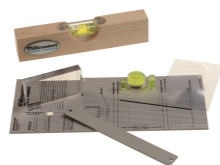

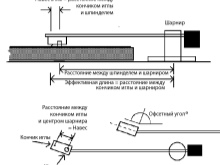
After completing these setup procedures, you can be sure of getting high-quality sound and start playing the record.
An overview of the "Aria-102" player in the video below.













The comment was sent successfully.